Until now, scientists believed that the Solar System concludes with the hypothetical Oort cloud, which is situated just over one light-year from the Sun. However, new research from American scientists may significantly alter this understanding.
Edward Belbruno from Yeshiva University in New York and James Green, former chief scientist at NASA, have developed a mathematical model that identifies a region 3.81 light-years from the Sun where celestial objects can still be influenced by its gravity. The findings of the study are published on the preprint archive website arXiv.
The researchers employed computer simulations to explore the gravitational interactions between the Sun and the center of the Galaxy. They discovered two regions where objects behave similarly to Lagrange points Lagrange points are five specific positions in a two-body system where a small object can maintain a stable position relative to the large bodies., only to then sharply change their direction under the influence of solar gravity.
Lagrange points are five specific positions in a two-body system where a small object can maintain a stable position relative to the large bodies., only to then sharply change their direction under the influence of solar gravity.
In these regions, celestial bodies initially orbit in an elliptical path, which later evolves into a complex trajectory resembling the Mandelbrot set The Mandelbrot set is a well-known fractal that has a complex geometric structure and serves as an example of a dynamic system.. Theoretically, these objects could remain in such orbits indefinitely, without being ejected into interstellar space or colliding with the Sun.
The Mandelbrot set is a well-known fractal that has a complex geometric structure and serves as an example of a dynamic system.. Theoretically, these objects could remain in such orbits indefinitely, without being ejected into interstellar space or colliding with the Sun.
Belbruno and Green suggest that this area could act as a sort of trap for interstellar objects, such as rogue planets Rogue planets are planets that do not orbit any star, instead drifting freely through space., comets, or asteroids similar to 'Oumuamua
Rogue planets are planets that do not orbit any star, instead drifting freely through space., comets, or asteroids similar to 'Oumuamua 'Oumuamua is the first known interstellar object to pass through the Solar System in 2017.. If confirmed, this would compel the scientific community to reevaluate our understanding of the boundaries of the Solar System.
'Oumuamua is the first known interstellar object to pass through the Solar System in 2017.. If confirmed, this would compel the scientific community to reevaluate our understanding of the boundaries of the Solar System.
The researchers recommend investigating this area with powerful telescopes, particularly through the wide-field survey telescope at the Vera Rubin Observatory, which is expected to become operational in 2025. The discovery of captured objects in this region would validate the scientists' theory and prompt a reexamination of the Solar System's boundaries.
Source: Newscientist






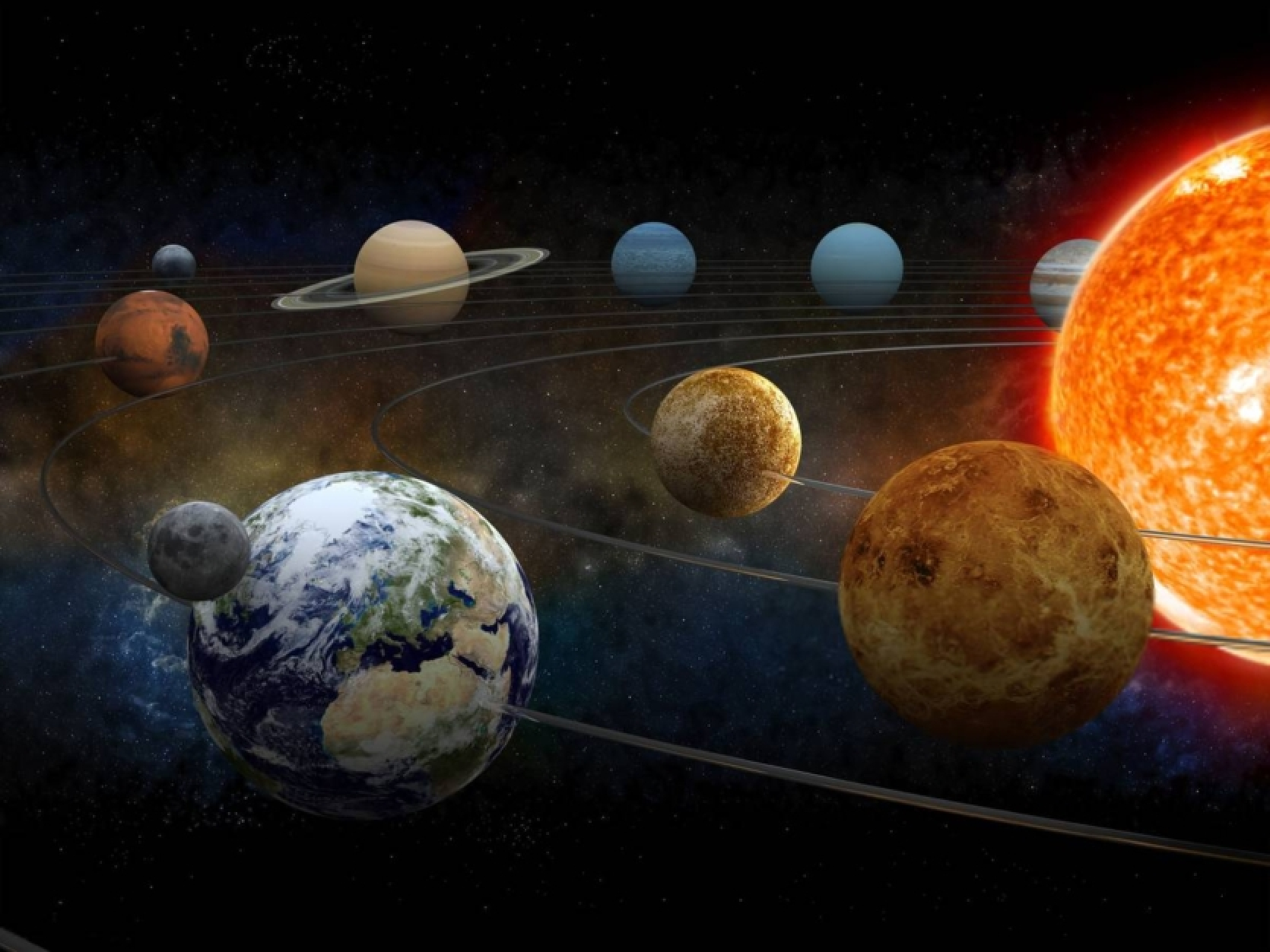


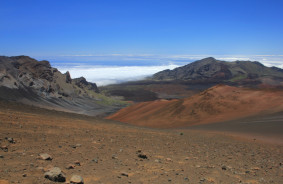

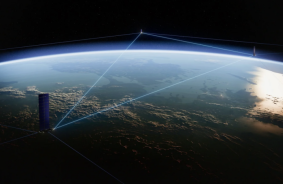
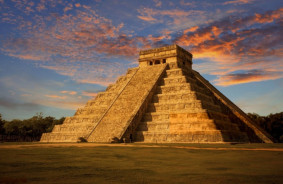
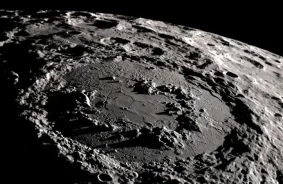
Comments (0)
There are no comments for now